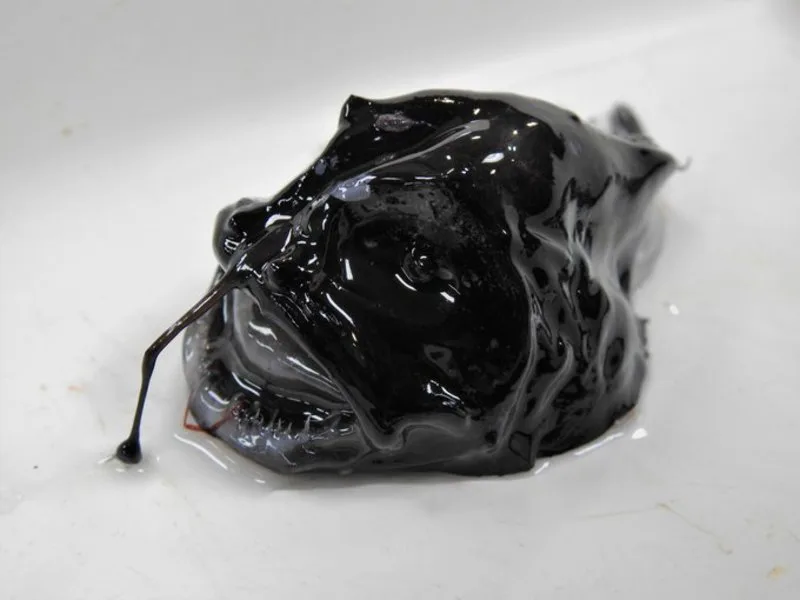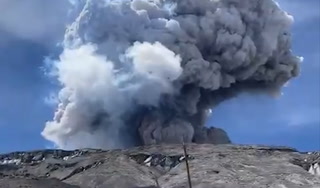
De fascinantes créatures marines découvertes par un robot de plongée profonde
Depuis près d’un mois, des chercheurs envoient des robots en plongée profonde dans l’océan Austral afin d’étudier les changements climatiques. Ils ont par le fait même découvert plusieurs fascinantes créatures des fonds marins !
Les scientifiques de l’Australian Antarctic Program Partnership observent comment les organismes marins absorbent le carbone de l’atmosphère.
Des milliards d’organismes marins, comme le phytoplancton, vivent à la surface de l’océan et capturent le carbone de l’atmosphère par la photosynthèse.
Ces organismes en ont besoin pour rester en vie et le carbone reste dans leur corps même après leur mort.
Lorsque ces organismes meurent, ils s'enfoncent lentement dans les profondeurs de la mer, ce que l’on appelle la « neige marine ».
Les carcasses finissent par se coincer dans les sédiments du fond océanique, et peuvent y rester pendant des millions d’années.
En plus de ces observations rendues possibles grâce aux robots en plongée profonde, les chercheurs ont découvert plusieurs espèces marines fascinantes ! Les profondeurs marines regorgent d’animaux marins non identifiés et on estime qu'il pourrait y avoir jusqu’à dix millions d'espèces inconnues de la science dans l'océan. À bord du RV Investigator, les chercheurs ont découvert des dizaines d'animaux marins qu'ils ont observés ou capturés accidentellement pendant leurs pêches.
D'après les informations d'Isabella O'Malley, reporter à The Weather Network
Voici quelques-unes des espèces rencontrées lors de leur exploration dans l'océan Austral :






